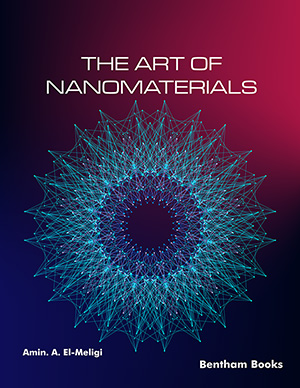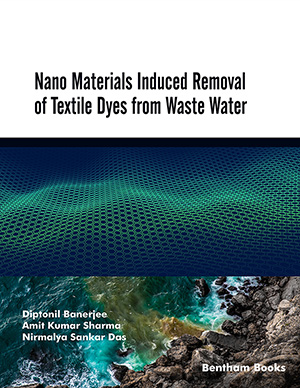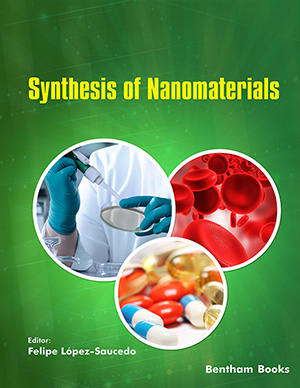Abstract
The freeze-drying process involves solvent sublimation under vacuum from pre-frozen solution resulting in porous materials. Pore volume, pore size, and density depend on several variables, including freezing temperature, solute and solvent type, solution concentration, and freezing direction. Researchers have investigated aqueous and organic solutions, supercritical CO2 solutions, and colloidal solutions to produce various porous structures. A more recent process involves freeze-drying of emulsions, which leads to controlled pore volume and pore morphology, and porous organic nanomaterials. Directional and spray freezing are used to produce aligned porous materials and porous particles. In this chapter, we describe the basic principles of the freeze-drying process, the factors affecting the porosity of freeze-dried biomaterials, and their biomedical applications. The freeze-dried porous biomaterials are discussed in detail based on their morphology: porous structures, micro- nanowires, and micronanoparticles. We have summarised the current status and given some directions for future research in this field.
Keywords: Freeze drying, directional freezing, biomaterials, porous structure, microwires, nanowires, microparticles, nanoparticles.




















